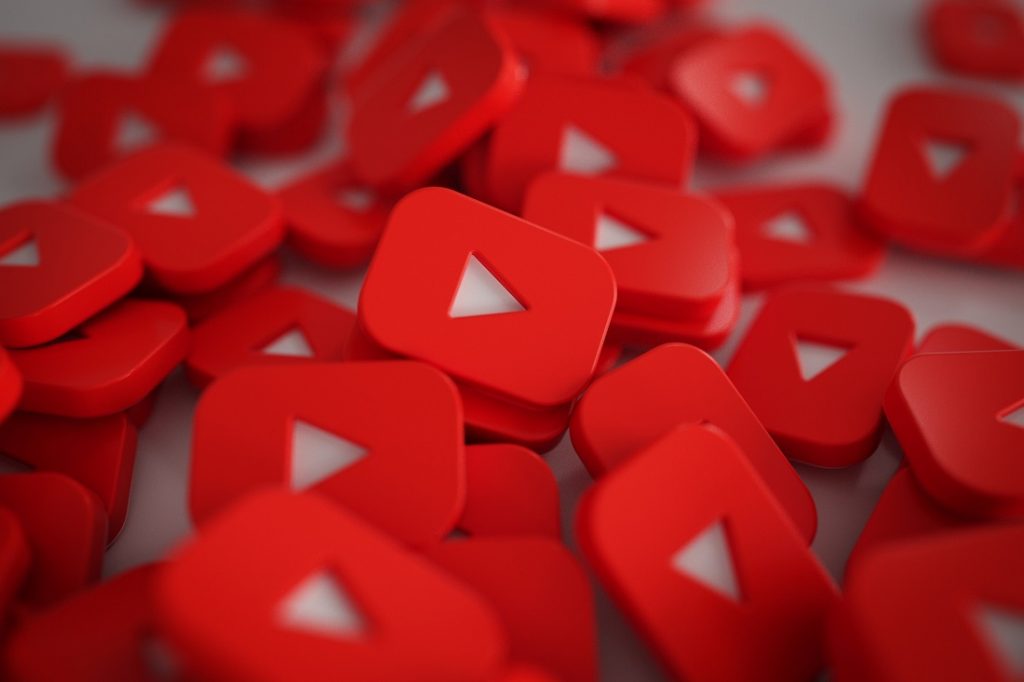Imagine that you have a revolutionary product and you want the world to know about it. You enter YouTube, a universe where hundreds of hours of content are uploaded every minute. How do you make your message stand out among so many videos? This article will guide you through YouTube’s intricate ads and marketing system, from the perspective of a customer looking for specific results, such as sales or views, and the creators who monetize their content.

The YouTube Ads Ecosystem
YouTube’s ad system is based on a structure that connects three main actors:
- Advertisers: Companies or individuals who want to promote their products or services.
- Content creators: People who upload videos to the platform and allow ads to be displayed on them.
- The audience: Users who consume the content and, directly or indirectly, interact with the ads.
The role of the advertiser
The process begins when an advertiser decides that YouTube is the ideal channel to reach their target audience. Using Google Ads, advertisers can:
- Define clear objectives: Sales, website visits, registrations or simply brand recognition.
- Segment the audience: Based on demographic data, interests, behaviors and even keywords.
- Select ad formats: Such as in-stream ads (that play before, during or after a video), discovery ads (that appear in search results) and bumper ads (short, 6 seconds).
The ad auction: Where it all begins
Every time a user starts a video, an ad auction is triggered in fractions of a second. Key factors that determine which ad will be shown include:
- Advertiser bid: How much you are willing to pay for an impression or click.
- Ad quality: Relevance, user experience and effectiveness.
- Video context: Theme, audience and category.
The winning ad is not always the one that offers the most money, but the one that offers a better balance between bid and quality.
Monetization for creators: The other side of the coin
Content creators enable monetization through the YouTube Partner Program. This allows ads to appear on their videos and they receive a portion of the revenue generated. But what does this imply?
Eligibility Criteria
Not all channels can monetize. It is necessary to meet requirements such as:
- Reach a minimum of 1,000 subscribers.
- Have 4,000 valid hours of playback in the last 12 months.
- Comply with advertiser-friendly content policies.
Types of income for creators
Creators’ income comes from several sources:
- Ads: By impressions and clicks on the ads that appear in your videos.
- Super chats and stickers: Direct payments from fans during live broadcasts.
- Channel Members: Monthly subscription that offers exclusive benefits.
- YouTube Premium: Part of the subscriptions of users who watch content without ads.
The User Journey: From Ad to Conversion
The magic of YouTube marketing is the ability to take the user from discovery to action.
- Visual impact: Videos capture attention with engaging narratives and high-quality visual content.
- Call to Action (CTA): Ads typically include buttons or links that direct to optimized landing pages.
- Retargeting: If a user doesn’t convert immediately, advertisers can re-target them with personalized ads.
Benefits and challenges of the YouTube ad system
Benefits
- Precise targeting: Advertisers can reach hyper-specific audiences.
- Multiple formats: Options for each marketing objective.
- Detailed measurement: Real-time reporting on ad performance.
Challenges
- Auction Competition: In saturated niches, costs per click can be high.
- Ad rejection: If the content is not relevant or intrusive, it can generate rejection in the audience.
The power of Video Marketing
YouTube’s advertising and marketing system is a powerful tool for businesses looking for tangible results and creators looking to monetize their content. However, to maximize its potential, it is essential to understand how its mechanisms work and how to align them with business objectives. Follow our blog for more articles on advanced Digital Marketing and Software Development topics.